Material Science and Engineering
Shedding light on efficiency loss in organic solar cells
A deeper understanding of efficiency-limiting processes provides design rules for organic solar cell materials.
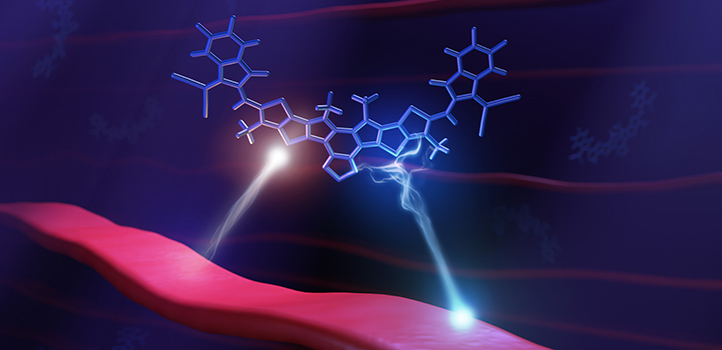
Insight into energy losses that affect the conversion of light into electricity could help enhance organic solar cell efficiencies. A KAUST-led team of organic chemists, materials engineers, spectroscopists and theoretical physicists from six research groups has extensively evaluated efficiency-limiting processes in organic photovoltaic systems.
To harvest light, cutting-edge organic solar cells rely on bulk heterojunctions, blends of light-responsive electron donor and acceptor materials. When light strikes the heterojunction, the resulting excited states are pairs of electrons and positively charged holes that need to be separated to make an electric current. During charge separation, the donor gives electrons to the acceptor and the acceptor transfers holes to the donor. Therefore, the efficiency of the solar cells depends on two key factors: the electron affinity offset between these materials, which corresponds to the ability of the acceptor to gain an electron and drives electron transfer; and the ionization energy offset, which represents the propensity of the donor to release an electron, facilitating hole transfer.
Nonfullerene acceptors (NFAs) have recently yielded solar cells with conversion efficiencies nearing 20 percent, outperforming fullerene-based acceptors that had previously dominated. “Key to these record efficiencies is the design and synthesis of materials that combine efficient charge generation with minimal energy losses,” explains team leader Frédéric Laquai. “However, the precise role of the energy offsets and their related processes is unclear, which has stalled the development of design rules for NFA-based systems” he adds.

Using a complex laser setup, the team discovered that, contrary to recent reports, substantial ionization energy offsets were needed to generate charges.
© 2020 KAUST; Anastasia Serin
To address this, the multidisciplinary team devised an approach to monitor the photophysical processes that influence charge generation in 23 different NFA-based systems. “With our collaborator, Denis Andrienko from the Max Planck Institute for Polymer Research in Germany, we developed a concise model that enabled us to correlate our experimental observations to physical parameters and chemical structures,” says research scientist Julien Gorenflot.
The researchers discovered that, contrary to recent reports, substantial ionization energy offsets were needed to generate charges. In contrast, electron affinity offsets failed to induce charge separation regardless of their magnitude. These unexpected findings result from a process known as Förster resonance energy transfer, which appears to compete with electron transfer. Postdoc Catherine De Castro explains that “this is an immediate consequence of the design principle of the blends, where donor and acceptor present overlapping emission and absorption, which facilitates energy transfer.”
The team plans to design new materials combining enhanced charge generation efficiencies with lower energy losses. “This will help reduce the efficiency gap to other emerging photovoltaic technologies and bring organic photovoltaics closer to maturity and application,” Gorenflot says.
References
- Karuthedath, S., Gorenflot, J., Firdaus, Y., Chaturvedi, N., De Castro, C.S.P., Harrison, G.T., Khan, J.I., Markina, A., Balawi, A.H., Dela Peña, T.A., Liu, W., Liang, R.-Z. Sharma, A., Paleti, S.H.K., Zhang, W., Lin, Y., Alarousu, E., Anjum, D.H., Beaujuge, P.M., De Wolf, S., McCulloch, I., Anthopoulos, T.D., Baran, D., Andrienko, D. & Laquai, F. Intrinsic efficiency limits in low-bandgap non-fullerene acceptor organic solar cells. Nature Materials, 20 (2020).| article
You might also like

Material Science and Engineering
Electron movie guides design of layered perovskite materials
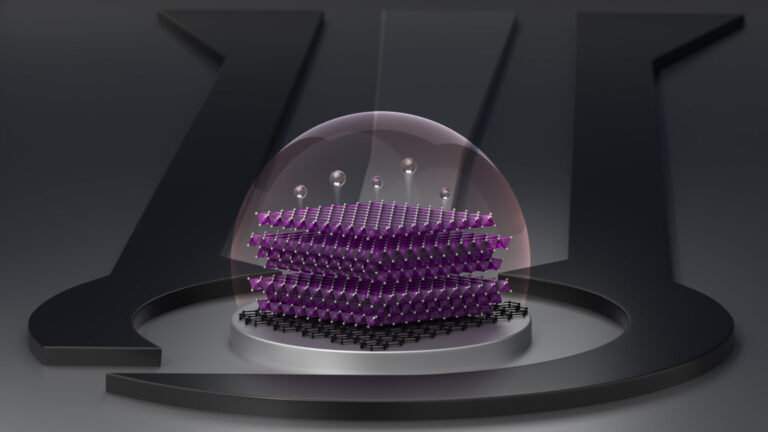
Material Science and Engineering
Remote region sensor for essential vitamin deficiency
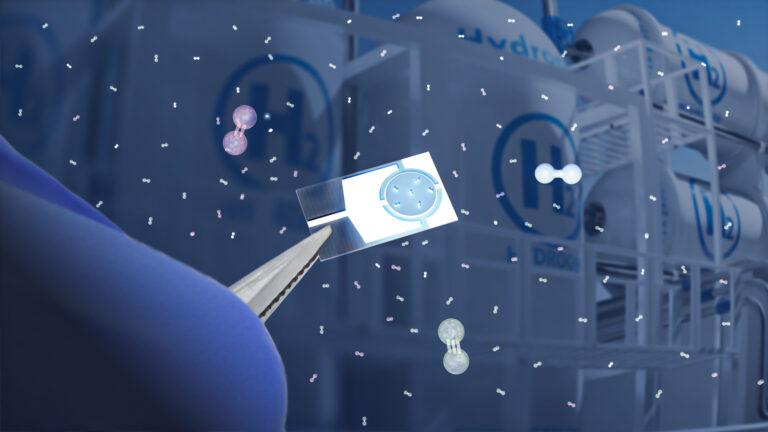
Material Science and Engineering
Low-power hydrogen sensor detects leaks in an instant

Material Science and Engineering
Illuminating pathways to long-lived organic solar cells

Chemistry
Beating the dark current for safer X-ray imaging

Chemical Engineering
Net benefits for advanced materials design
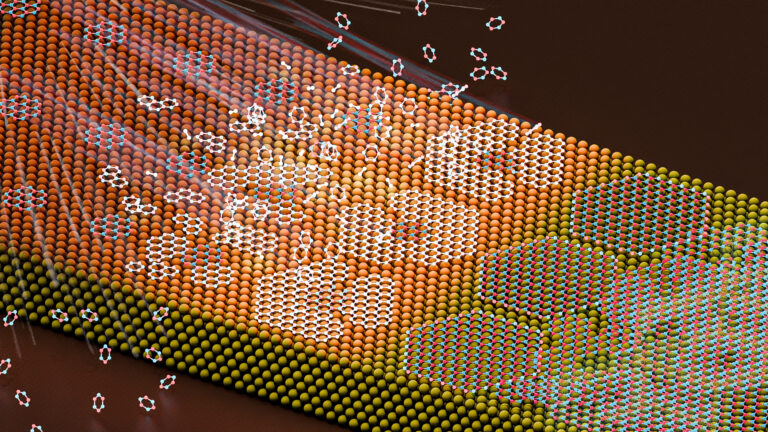
Material Science and Engineering
Atom-thin insulator grown into perfect films
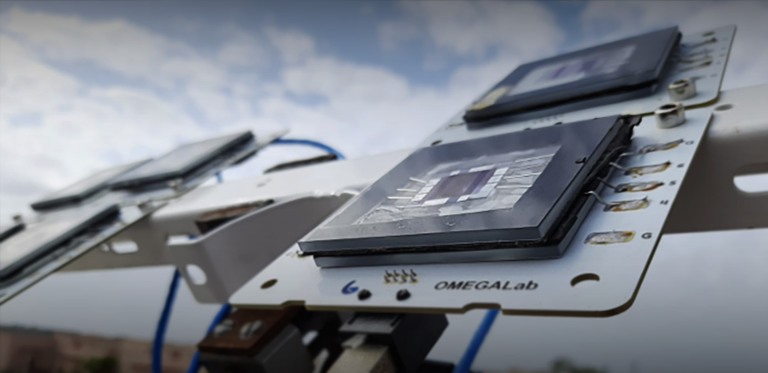
Material Science and Engineering




